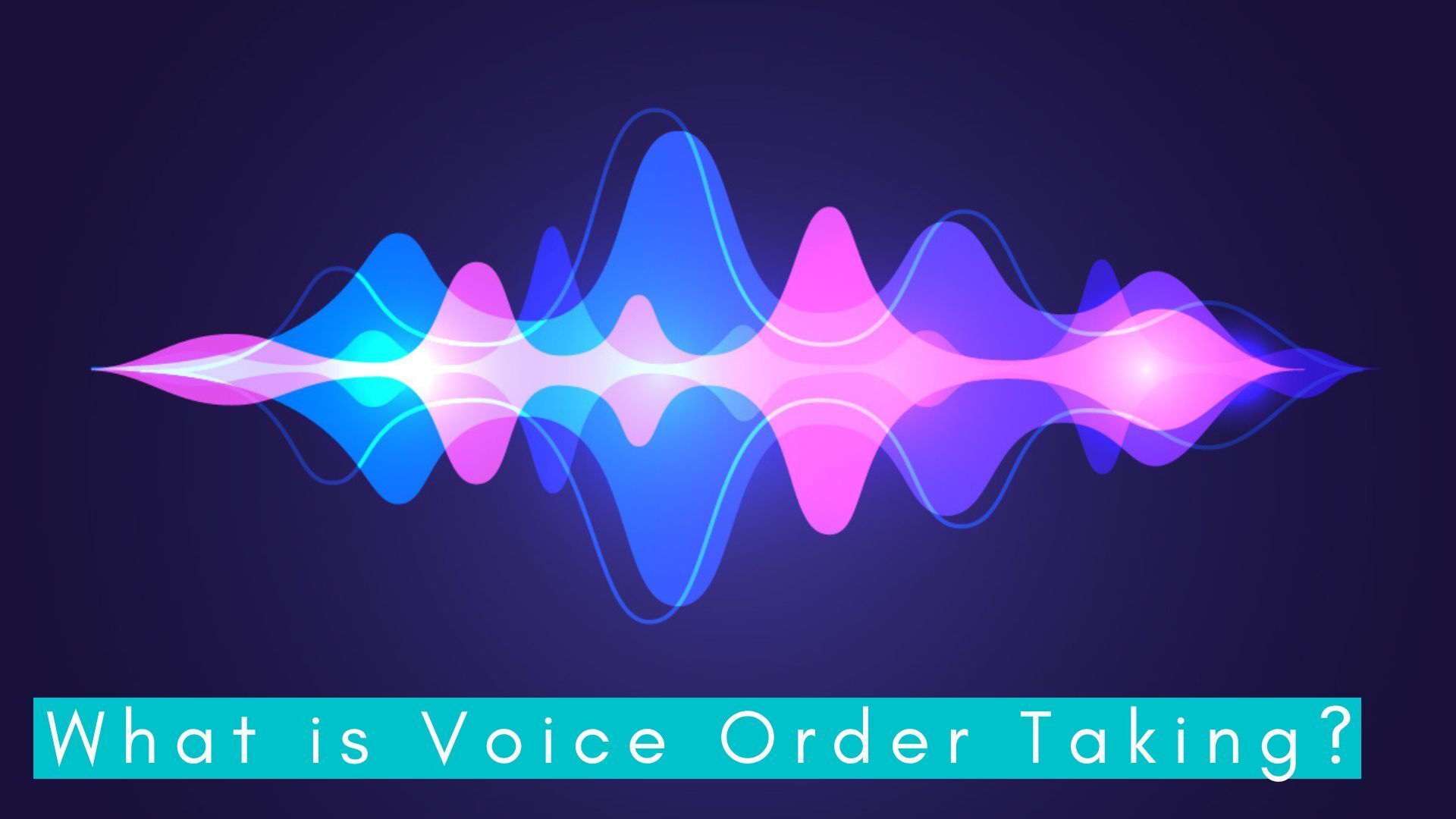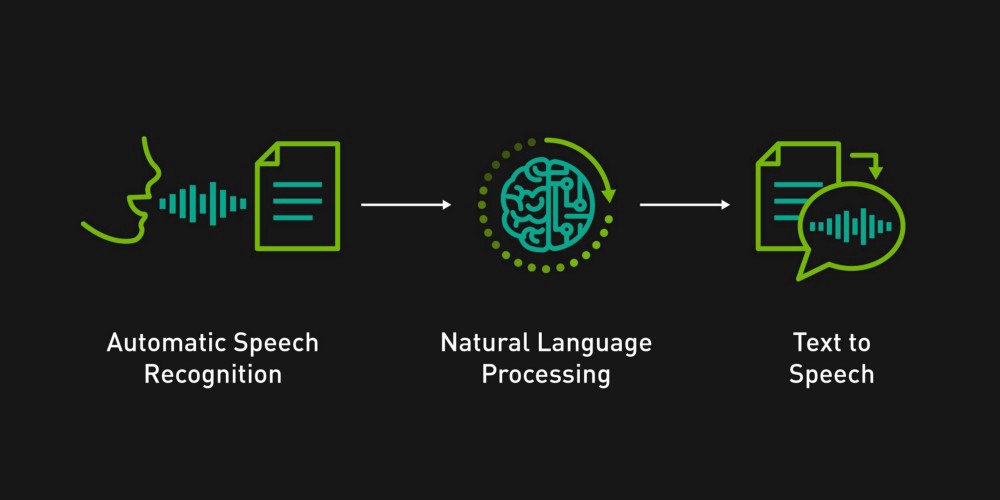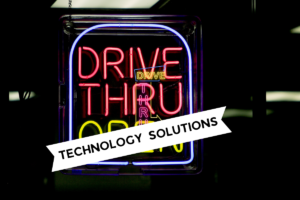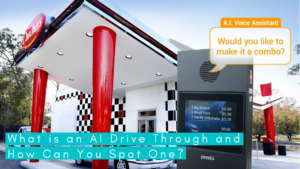The funny thing about humans is we always want to take the path with the least resistance. Whether it’s cheating on a test, taking a shortcut through the park, or buying pre-sliced bread, we love ‘hardly working’ way more than ‘working hard.’
Our desire for an easy-breezy life is why 40% of us use voice search daily. It’s a convenient way to access information with minimal effort. By 2023, the number of voice assistants will reach 8 billion, and the technology will only improve. The global AI-based voice recognition market will be worth $27.3 billion in 2030, up from a measly $4.04 billion in 2020.
Customers are already familiar and comfortable with AI-enabled voice technology. The industry has successfully overcome the social hurdle (i.e., people getting weirded out by talking tech) and continues to advance the accuracy and intelligence of AI every day. Now there is one big step left to take: widespread adoption.
Let’s look at where the QSR industry fits into all this. We’ll review what voice order taking is, how it works, and how you can implement it in your business.
What is voice order taking?
Voice order taking involves applying artificial intelligence concepts to the real world of restaurant ordering. It replaces human employees with conversational AI that can greet customers, take orders, and upsell.
AI has drastically evolved from a sci-fi pipedream to an everyday companion. It began as a logical framework and mathematical theory aimed at programming computers to solve problems, process data, and be capable of self-recognition.
Back in the 60s and 70s, one of the most significant challenges was to get a computer to transcribe spoken language. Oh, how far we’ve come – nowadays, conversational AI can maintain fluid and natural conversation, learn from its experiences, and tackle a range of accents.
The future of voice AI promises to be faster, more accurate, and more intelligent. Conversational AI solutions like Auto already achieve a 94% accuracy rate and upsell in 70% of cases, offering a more efficient solution than human cashiers.
How does voice order taking work?
Big data powers artificial intelligence. As well as collecting huge data volumes, AI uses complex algorithms to react to the subject (e.g., a hungry diner) in real time. Here is what actually happens when conversational AI is at work.
Understanding the spoken word
Humans communicate using patterns of sounds, and conversational AI acts in a similar way.
As the customer speaks, their voice generates sound waves that the AI technology picks up. It performs speech-to-text conversation by breaking down large chunks of speech and converting it into fractions of text ready to be analyzed.
Connecting with the words that matter
Nobody ever mumbles the words “Alexa, play Ed Sheeran” or “Hey Google, what’s the weather today?” Instead, they enunciate each syllable clearly and loudly, as if the voice speaker won’t understand them. It’s a common problem that voice detection software struggles to function in loud or busy environments, but some industry leaders have overcome this big challenge.
For example, Auto filters excess noise to identify precisely what the customer says. It is sensitive to sound pitch and can distinguish between the customer’s voice and background noise.
Further instant analysis
To deliver a human-like dialogue and interpret spoken language, AI “learns” from its interactions. Context is often a sticking point, as words, phrases, and idioms mean different things in different settings and scenarios.
After the AI has interpreted the spoken words, it then analyzes the text for semantic context (the meaning of the sentence) and syntactic context (grammatical rules) to create a human-like understanding.
Communication with the drive thru customer
The AI performs entity extraction, meaning an algorithm identifies the right topic and course of action by filtering the query against existing query responses. Conversational AI that reacts in real-time performs this action lighting-fast, then converts the data to audio and answers the customer.
Why QSRs should implement voice order taking
Due to the pandemic, supply chain disruption, and economic downturn, QSRs, unfortunately, don’t have the luxury of a blossoming workforce. Staff shortages and churn contribute to a downturn, temporary closures, slow service, and inconsistencies. Rather than sticking an “always hiring” sign on the door, operators are delivering a highly efficient, consistent service by investing in AI order taking.
Of course, AI can work 24/7, solving the problem of increased labor costs. But its advanced capability for natural language processing means it offers upsell opportunities to increase sales, personalizes the conversation, and offers a consistently high-quality customer experience.
Several market leaders have already acted fast to integrate conversational AI into their lanes in light of increased drive thru traffic. Lee’s Famous Recipe achieved an upsell of 4x their previous rate, and Checkers and Rally’s are rolling out the technology in almost half of their 900+ restaurants across the US. As larger businesses like McDonald’s are also looking into voice ordering, customers will soon expect nothing less than attentive AI at the drive thru.
How to utilize voice order taking in your QSR
This section will look at how you can maximize your AI usage to get the most out of your investment.
1. Promote usage of the drive thru
70% of all orders pass through the drive thru. This number jumped during the pandemic when touchless interactions and social distancing took precedence over traditional indoor eating.
Although huge cultural changes in recent years forged the popularity of the drive thru, 78% of diners continue to choose it because of convenience. There’s no need to leave your car or lift a finger, so it fits the human disposition of taking a shortcut.
You could attract more customers to your lanes by optimizing your drive thru to be as fast and efficient as possible, creating an even more streamlined customer experience. Order taking AI is just one way to do this.

2. Incorporate AI voice order taking technology
Your customers have incredibly high expectations for your QSR, and digital ordering is one of them. 42% say that speed of service is the main reason they choose the drive thru, meaning operators are harnessing digital technology to help them keep up.
Auto keeps the order-taking process as simple as possible for your (and your customers’) convenience. After taking the order, Auto sends it to your PoS ready to be picked up by the kitchen. Then it swiftly moves to the next customer to maintain a speedy service.
3. Add upsell deals
The only people who like to sell are salespeople. Unless you work in insurance or you’re the Wolf of Wall Street, the idea of upselling is probably the stuff of nightmares. With this in mind, can you really blame your employees for only attempting an upsell on 4% of drive thru orders?
Upselling can increase sales significantly, meaning it’s a must-do for every QSR. Auto has a built-in upselling playbook to help you extract maximum revenue from the drive thru.
While your employees may feel nervous, shy, or unprepared in the face of upselling doom, AI never does. AI will happily upsell in 70% of cases without hesitation.
4. Reposition your workforce
Naturally, staff might need to get used to their new robot colleague. Once they feel comfortable not jumping in and taking the order (again, a completely natural stage), staff can leave the order window in the AI’s safe hands.
Conversational AI solutions like Auto integrate with your PoS system to create smooth communication between the ordering window and the kitchen. No more sticky notes and shouting through the restaurant – instead, reassign your workforce to other business-critical tasks like cleaning and food preparation.
Stay ahead of the technology game
Conversational AI has come a long way since it was a mathematical theory in the 1950s. It can perform feats that come straight out of a science fiction film, such as semantic understanding, spoken language interpretation, and identifying sound pitch.
In its current state, voice ordering systems offer a friendly, sales-focused, and attentive service to every customer, whether that’s 50 or 5,000 diners a day.
Auto ensures that human-machine communication seamlessly replaces human-human communication. Auto successfully processes mid-sentence changes, can understand accents and has a built-in upselling playbook to deliver a satisfactory order just like a human employee.
Don’t believe it? Try Auto today and see for yourself.






